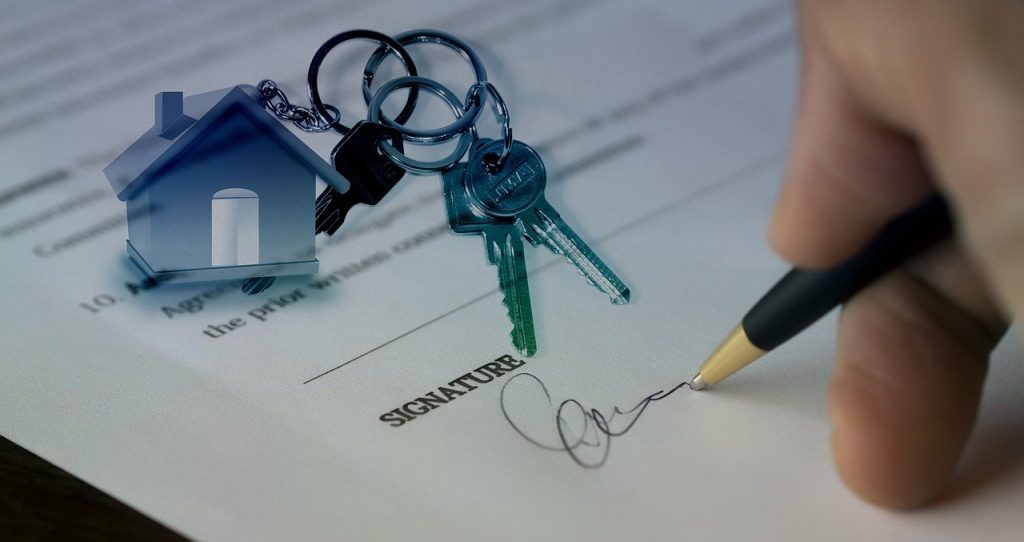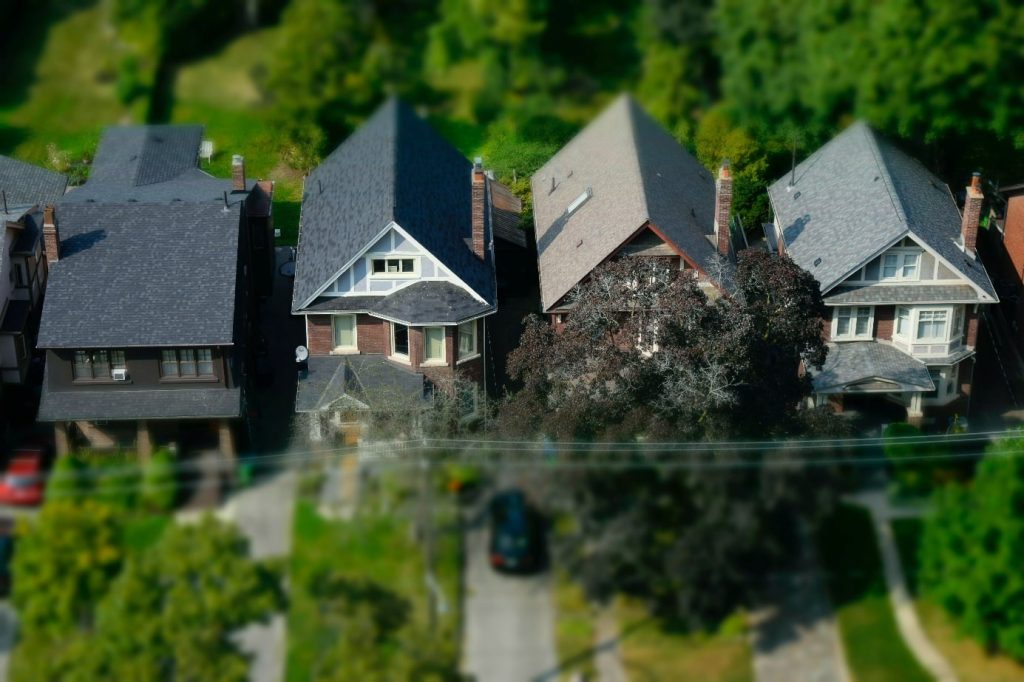The Pinel law, voted on the occasion of the 2015 finance law, and which bears the name of Sylvia Pinel, former minister of housing, was extended on the occasion of the 2018 finance law. Thus, until 31 December 2021, it is still possible for owners and investors to take advantage of this tax loophole. However, for the year 2019, changes are taking place, particularly in certain geographical areas.
Summary
What is the 2019 Pinel Law?
The Pinel law, also presented under the name of the Pinel scheme, offers a tax reduction, relating to income tax, for investors who maintain rental accommodation for a duration at least equal to 6 years. The accommodation must then be new, in a future state of completion or give rise to a total rehabilitation, for example by transforming an old premises into a dwelling. In addition, the tenant must use this dwelling as his principal residence.
For the Valls government, which had initiated this system, the objective is clearly to encourage investment in rental housing, in particular through the construction of housing in certain areas where the shortage is felt.
What is she planning?
The Pinel law significantly modified the old Duflot law, which until 2015 offered tax relief when the accommodation remained in the form of a rental for a period of 9 years. With the Pinel system, the tax reduction offered is of the order of 12% for keeping the accommodation rented for 6 years, or 2% per tax year. It increases to 18% for 9 years of rental, and even 21% for maintaining this rental status for 12 years. Overseas, where the pressure on housing is even greater, the reduction in income tax on rental gains is 23% over 6 years, and increases gradually to 32% for a rental maintained 12 year.
These tax reductions are limited to a total investment of €300,000 per year, an investment which can be made on a maximum of two dwellings per fiscal year. In addition, it should be noted that the income tax reduction resulting from the provisions of the Pinel 2019 law, to which are added the advantages of other tax loopholes, cannot exceed a total of €10,000. To find out more about these forecasts, it is necessary to see the new pinel 2019 system in its entirety and benefit from the appropriate tax reductions.
How to benefit from it?
The benefit of the Pinel law is linked to the respect of several rules, whether it concerns the types of premises concerned, the energy standards to be respected, the geographical area concerned, and even the financial situation of the tenant.
There is no change in the nature of the premises allowing the tax reductions of the Pinel law to be obtained. Thus, in addition to new housing or housing in a future state of completion, i.e. built within 2 and a half years after the start of construction, old or unsanitary housing that has been completely rehabilitated as well as transformed premises benefit from the provisions of the general tax code introduced by the Pinel law.
However, the Pinel 2019 law requires compliance with current energy standards: the accommodation, if it is new, must comply with the RT2012 standards, which guarantee the absence of heat loss in particular. For old housing, compliance with the HPE or BBC label, in particular the 2009 renovation component, is mandatory.
To take advantage of the Pinel law, the accommodation for which the tax reduction is requested must be built or rehabilitated in tight areas A, A bis and B1.
- zone A concerns more than 600 municipalities, including the most expensive cities, such as Lyon, Marseille, Montpellier and Lille. Municipalities of the Parisian crown and the Côte d’Azur are also concerned,
- zone A bis is specific for the city of Paris and more than 70 suburban municipalities.
- zone B1 is wider and more diffuse over the territory. 1,546 municipalities are concerned: municipalities in the Paris suburbs, cities with more than 200,000 inhabitants such as Bordeaux, Toulouse, Rennes, Nantes, Strasbourg, or less populated but with expensive real estate, such as Bayonne or Annecy. In addition, municipalities in Corsica and overseas departments are also included on this list.
Until now, new housing built in zone B2 or C, ie the rest of the territory not considered as a tight zone, could benefit from the provisions of the Pinel law.
This is still the case for the 2019 version, but under certain conditions: it is mandatory that the building permit has been signed before the end of 2017 and that the sale has been formalized by notarial deed before the end of 2018. in addition, if the accommodation is still under construction, it must be completed within 30 months after the start of the construction site if the accommodation is built by a developer or within 30 months after receipt of the building permit if it is built directly by the purchaser.
Finally, to benefit from the Pinel device, the accommodation, once put up for rent, will be rented to tenants who do not exceed an annual income ceiling. This depends on the zone of construction and the constitution of the family: thus, in zone A, the income for a couple with children cannot exceed 67,386 €. The full table is available on the public finance website.
Read also: Pinel law: how to exempt the purchase of a new apartment from tax?
Benefits
The Pinel law offers a real gain for investors who wish to build up a real estate heritage, whether or not they have a personal financial contribution to buy, build or renovate housing. Indeed, housing intended for rental can very well be financed by a mortgage. In fact, between the rents collected and the financial benefit of the Pinel device, this investment will be completely painless, since it will make it possible to cover the repayment of the monthly loan payments to the bank.
In addition, the price of the stone being stable or even rising in the tense areas, with no risk of a speculative bubble as the demand for housing is strong, the future resale of this property will always be beneficial. So it’s a good way to prepare for the future.
Finally, the only limit of these investments resides in the creation, by President Macron, of the real estate wealth tax, which aims to replace the wealth tax, by taxing the owners of dwellings whose value exceeds 1.3 million euros, even if a reduction of 30% is taken into account for the main dwelling. But this only concerns large investors.
Read also: 5 things to know about SCPIs



